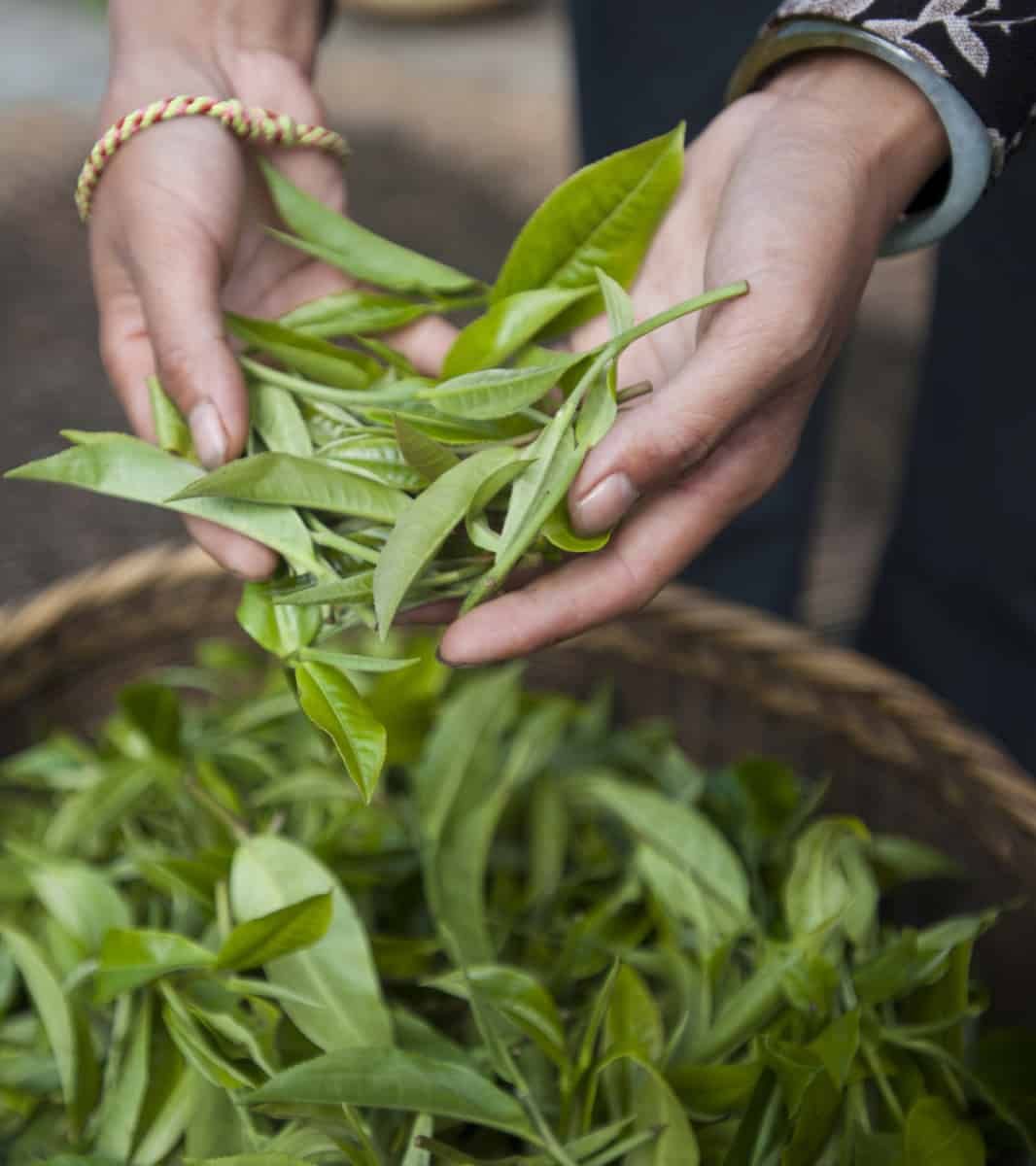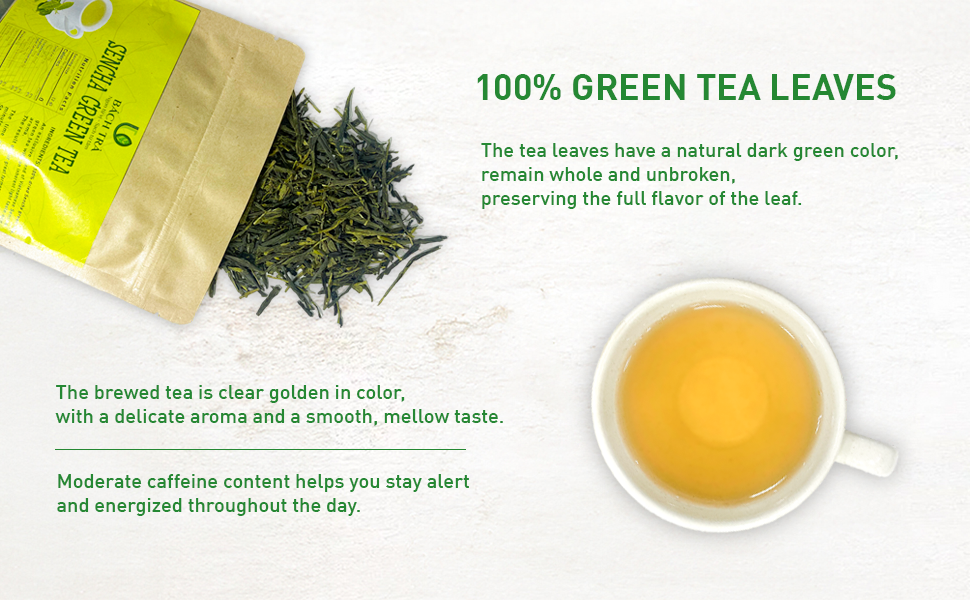Among the many varieties of green tea, Sencha stands out as one of the most celebrated. Originating from Japan and now enjoyed worldwide, Sencha embodies harmony between tradition and innovation. With its refreshing taste, bright green liquor, and high antioxidant content, it has become a daily ritual for millions of people. Yet, the true essence of Sencha lies not only in its flavor but also in the meticulous craftsmanship behind every single leaf.
- Harvesting – The Crucial First Step

The journey of Sencha begins in the tea fields during early spring, when new shoots appear. These young leaves are at their nutritional peak, rich in catechins, amino acids, and essential vitamins. Harvesting can be done either by hand for premium Sencha or by carefully designed machines for larger-scale production. Precision at this stage is vital: fresh, intact leaves ensure that the tea maintains its signature bright color and delicate taste.
- Steaming – Preserving Freshness and Vibrancy
Unlike other teas that are pan-fired, Sencha undergoes a unique steaming process shortly after harvest. For 30 to 60 seconds, the leaves are exposed to steam, which halts enzymatic oxidation almost instantly. This not only preserves the vivid green color but also locks in the fresh, grassy aroma that distinguishes Sencha from other green teas. Without this step, the leaves would turn darker, and the flavor profile would shift toward bitterness.
- Rolling and Shaping – Crafting the Identity of Sencha

After steaming, the leaves are carefully rolled, twisted, and shaped into thin, needle-like strands. This stage is more than just aesthetic – rolling breaks down cell walls, allowing flavors and nutrients to be released more evenly during brewing. Multiple rounds of rolling and drying give Sencha its characteristic look and ensure consistency in taste and aroma.
- Drying – Locking in Flavor and Aroma
Drying reduces the moisture content of the tea to an ideal level for storage and preservation. Done at a controlled temperature, this process maintains the essential oils, polyphenols, and catechins that define Sencha’s health benefits. Proper drying also prevents mold and ensures a longer shelf life without sacrificing quality.
- Brewing – Transforming Leaves into Experience
The final chapter of Sencha’s journey is in the brewing. When prepared with care—using water at the right temperature and steeping for the right duration—Sencha produces a brilliant jade-green infusion with a refreshing umami taste and a subtle sweetness that lingers on the palate. A cup of Sencha is not just a beverage; it is an invitation to slow down, appreciate craftsmanship, and enjoy a mindful moment of wellness.
Cultural and Health Significance
Sencha holds a special place in tea culture, especially in Japan, where it represents hospitality, simplicity, and balance. Beyond its cultural roots, modern science continues to validate the health benefits of Sencha:
- Rich in antioxidants that fight free radicals.
- Supports heart health by helping regulate cholesterol levels.
- Boosts metabolism and digestion, especially when consumed after meals.
- Enhances focus and alertness thanks to its balanced caffeine content and L-theanine.
- Strengthens the immune system through its natural bioactive compounds.
These qualities make Sencha not only a cultural treasure but also a functional beverage for health-conscious consumers worldwide.
From its careful harvest in lush tea gardens to the final steeping in your teacup, Sencha is the result of centuries of tradition combined with skilled processing. Each stage—harvesting, steaming, rolling, drying, and brewing—contributes to preserving its natural taste and cultural significance.
The art of Sencha processing is more than tea-making; it is the preservation of heritage, health, and harmony in every cup.
